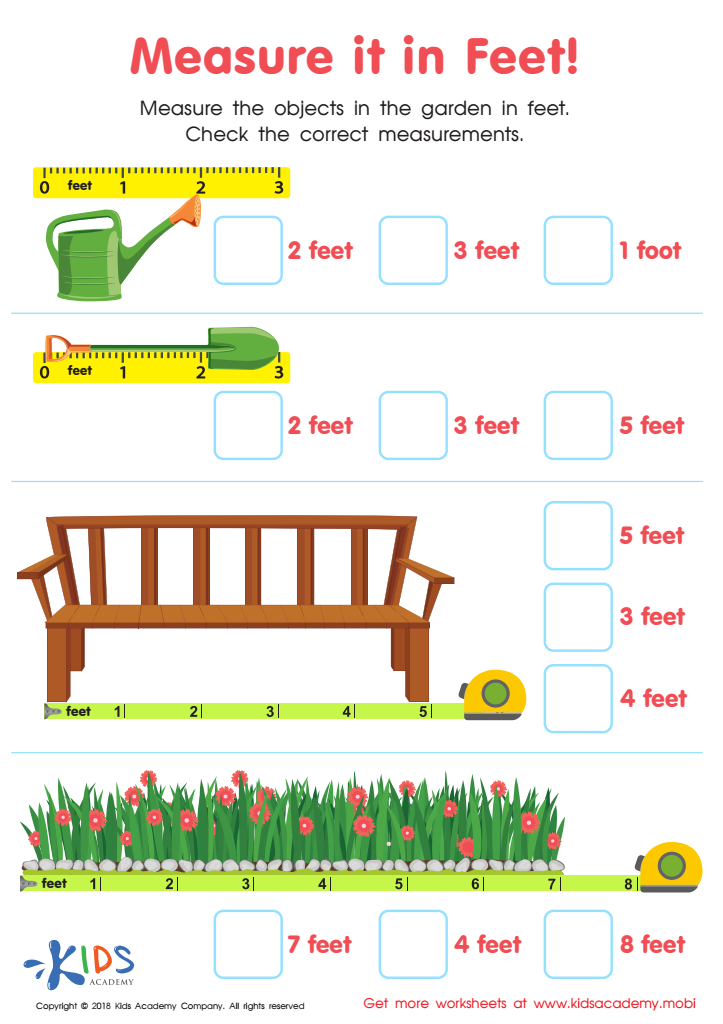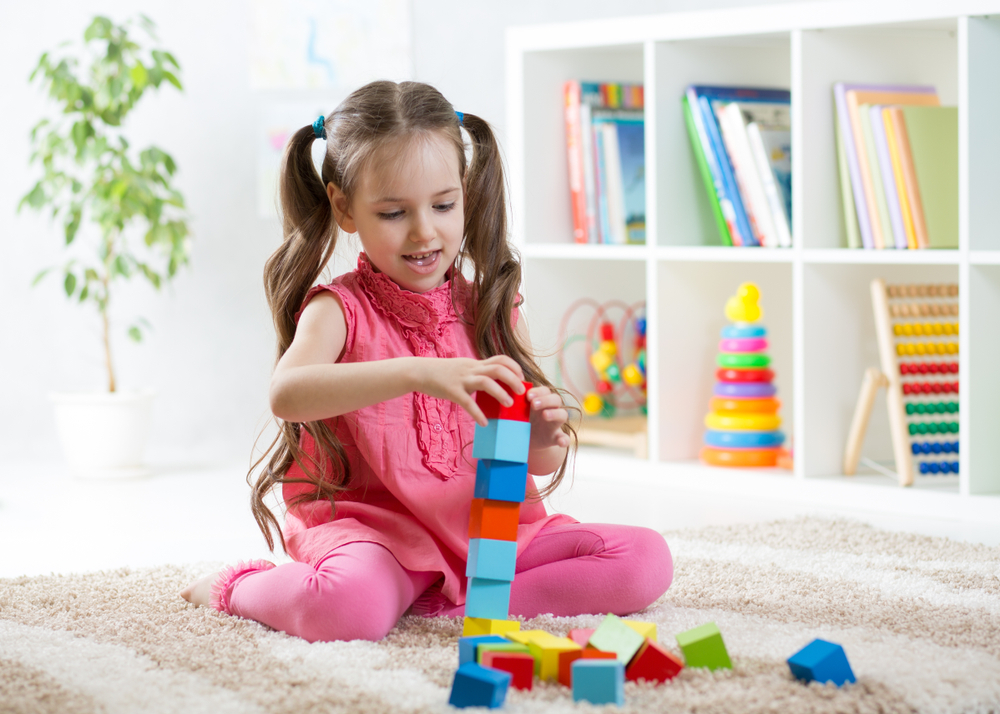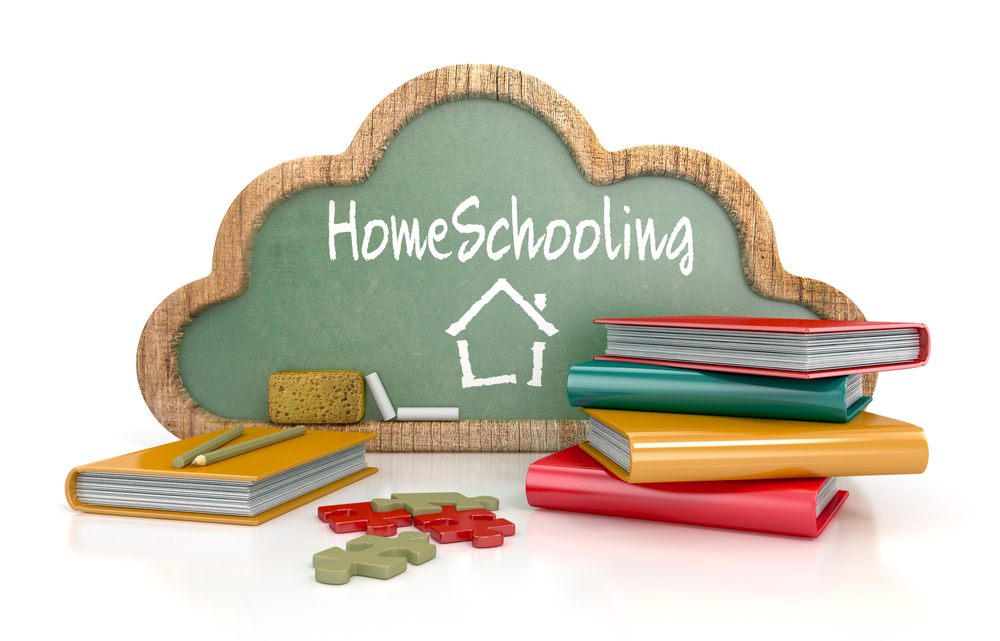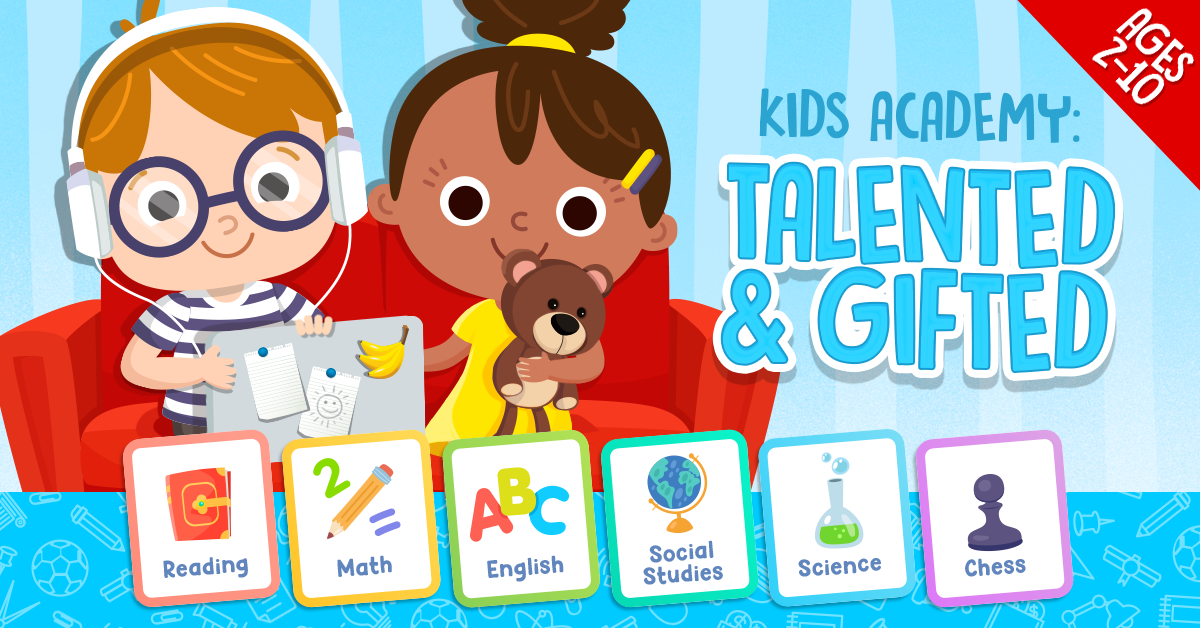Practicing estimation Worksheets for Kids
1 filtered results
-
From - To


Measure it in Feet Worksheet
Question/Answer
What does the Practicing estimation skill mean when it comes to Grade 2 Measurement learning?
Practicing estimation skills in Grade 2 Measurement learning involves teaching children to make educated guesses about measurements. This includes estimating lengths, weights, volumes, and times using familiar units, like inches or minutes. The skill helps students develop a sense of scale and measurement without needing precise tools, fostering critical thinking and problem-solving abilities in real-world contexts.
How does the mastery of the Practicing estimation skill affect a student's performance at an early age?
Mastering the practicing estimation skill at an early age significantly enhances a student's mathematical proficiency and problem-solving abilities. It fosters a deeper understanding of numbers, aids in making quick and accurate judgments, and develops critical thinking. This skill also serves as a foundational tool for tackling complex mathematical concepts, improving overall academic performance and confidence in math-related tasks.
How to test a Grade 2 student’s Practicing estimation skills?
To test a Grade 2 student's practicing estimation skills, present them with simple, real-life scenarios requiring estimation, such as guessing the number of candies in a jar or estimating the length of a pencil using familiar objects as reference points. Then, compare their estimates to the actual numbers or measurements to assess accuracy and discuss the reasoning behind their estimates.
 Assign to the classroom
Assign to the classroom











